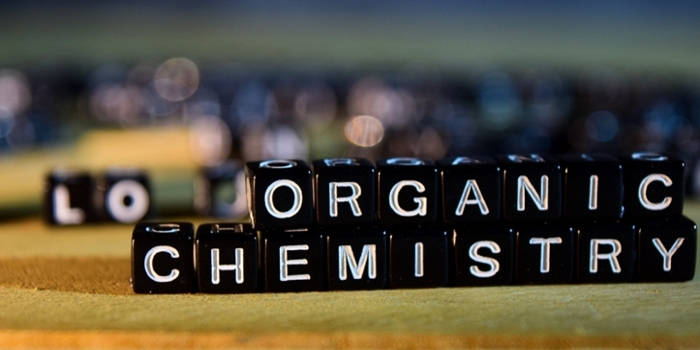Organic
Organic chemistry is a subdiscipline of chemistry that studies the structure, properties and reactions of organic compounds, which contain carbon in covalent bonding. Study of structure determines their chemical composition and formula. Study of properties includes physical and chemical propertie, an evaluation of chemical reactivity to understand their behalvior. The study of organic reactions includes the chemical synthesis of natural products, drugs, and polymer, and study of individual organic molecules in the laboratory and via theoretical (in silico) study.
The range of chemicals studied in organic chemistry includes hydrocarbons (compounds containing only carbon and hydrogen) as well as compounds based on carbon, but also containing other elements, especially exygen, nitrogen, sulfur, phosphorus (included in many biochemicals) and the halogens. Organometallic chemistry is the study of compounds containing carbon-metal bonds.
In addition, contemporary research focuses on organic chemistry involving other organometallics including the lanthanides, but especially the transition metals zinc, copper, palladium, nickel, cobalt, titamium and chromium.
Organic compounds form the basis of all earthly life and constitute the majority of known chemicals. The bonding patterns of carbon, with its valence of four—formal single, double, and triple bonds, plus structures with delocalized electrons—make the array of organic compounds structurally diverse, and their range of applications enormous. They form the basis of, or are constituents of, many commercial products including pharmaceuticals; petrochemicals and agrichemicals, and products made from them including lubricants, solvents; plastics; fuels and explosives. The study of organic chemistry overlaps organometallic chemistry and biochemistry, but also with medinal chemistry, polymer chemistry, and materials science.
FACULTY IN THIS RESEARCH AREA:
Dr. Adam McCubbin - Enzyme Biocatalysis
Much of modern asymmetric catalysis has its origins in enzyme biocatalysis. Although only about half of known enzymes contain metals in their active site, synthetic reactions mediated by metal catalysts are much more highly developed than those mediated by non-metals. This is despite the huge economic and environmental costs of extracting metals (e.g. Pd, Pt, Au), as well as their toxicity. Recently, significant efforts have been directed towards reactions mediated by small organic molecules (organocatalysis). This young field has generated many reactions that occur with impressive selectivity and efficiency, but the potential for the discovery of new catalyst types and new organocatalytic reactions remains high. Boronic acids are widely available (commercially, synthetically) due primarily to their use as reagents in Pd-catalysed cross coupling reactions. In contrast to their use as reagents, use of boronic acids as organocatalysts remains rare. This is despite several attractive features that they possess, including the Lewis acidity of the boron atom, their low toxicity, high stability to air and moisture, and solubility in organic solvents. Our research program is based on exploiting these properties to develop new synthetic methods using catalysts based on boronic acids and related derivatives. In many cases these methods are complimentary to or improve upon transition metal catalysed reactions. We apply our new methods to the synthesis of medicinally important molecules, such as bio-active natural products and pharmaceuticals. Avoiding the use of transition metals in these syntheses has the advantage of reducing toxic byproducts and simplifying purification, thus reducing environmental impact.
Dr. Tabitha Wood - Discovery of new small molecule cancer therapeutic
Our research interests lie in the area of medicinal chemistry, specifically in the discovery of new small molecule cancer therapeutics. Often, adverse side effects are experienced by chemotherapy patients due to the indiscriminant cytotoxic activities of cancer drugs. Researchers have made excellent progress in creating targeted drugs for cancer chemotherapy, but there remains a great opportunity to develop new drugs that offer decreased side-effects while potently treating this diverse disease. Our research in this area involves using some established organic synthetic methods, as well as developing new organic reactions, for creating small libraries of new potential chemotherapeutic drugs. The molecules will not only be characterized for typical evidence of identity and purity, but also for specific biological activities. In doing so, we hope to gain a better understanding of the complex factors involved in targeting tumors over normal healthy tissue. Interdisciplinary research of this nature creates the opportunity for trainees to learn skills from the field of synthetic organic chemistry as well as biochemistry.

